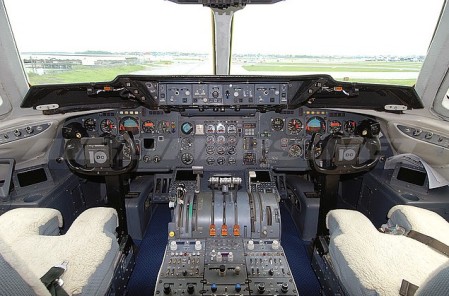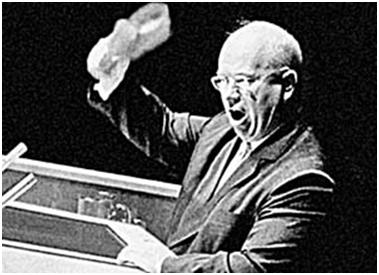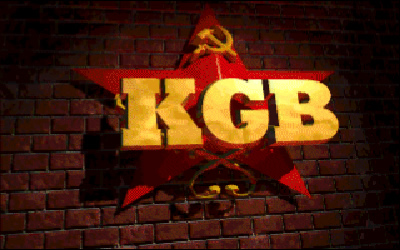With the advent of wearable tech, apps and operating systems will have to radically adapt to the changing ways users want to interact with their devices and the world. One startup that thinks it is up to this challenge is San Francisco-based Dekko, a new company founded by the husband-and-wife team that used to work at augmented reality pioneer Layar.
Dekko plans to launch its real-world operating system Thursday, which brings the promise of augmented reality (AR) to fruition using the camera on your mobile device, powerful computer vision algorithms, and some serious financial backing.
Dekko’s tech overlays content on the real world, a kind of out-of-the-device OS that goes way beyond just superimposing search results over a snapshot of a landmark or restaurant, like Google Glass does. The system actually builds up a 3D model of the scene in front of you from image frames, then reconstructs it and inserts whatever you want — a favorite cartoon character, perhaps, or a guided walking tour — onto the image. “The tech layer can run anywhere that the camera can see anything,” said Dekko CEO and co-founder Matt Miesnieks. This is a big change from other AR efforts that require an anchor or a known object to interpret the scene.
The biggest advance from Dekko is the ability to complete the entire AR process — scene modeling, object recognition, and reconstruction — in real time on the relatively limited processor of an iPad Mini. This is impressive considering computer vision techniques still struggle with basic pattern recognition, even with powerful post-processing. Dekko’s algorithms don’t even rely on two cameras (like the stereo vision of human eyes) or an infrared field (like the Kinect) to calculate depth. The system just uses the slight differences between moment-to-moment image frames to build up a 3D model of the world, and focuses on surface textures to segment objects.

As is the case for other AR ventures, the cluttered and dynamic real world still poses a challenge for Dekko. The OS works best in static environments, and can now model a 10-by-10-foot window in front of the user. Miesnieks is confident that his team can solve the problem of tracking far objects, and said the window will be expanded to 100-by-100 feet in the next six months. Real time reconstruction at the pixel level should also become possible, with improvements in mobile device GPUs and CPUs.
Co-founders Matt and Silka Miesnieks are veterans of another AR outfit, Layar, which superimposes digital content onto snapshots of printed pages. Disillusioned with what he calls the “gimmicks” of earlier AR efforts that devolved into marketing, the Miesnieks are focusing on gaming as Dekko’s entrée. “We consciously chose gaming as a vertical because it’s often how new technology is introduced to the market,” he explained, citing Microsoft’s bundling of Solitaire with Windows to get users comfortable with graphical user interfaces. “It’s a new way for people to see apps outside the box.”
Dekko’s tech will almost certainly have advertising applications as well. Samsung, Intel, and Facebook have already expressed interest in using it to augment their services and devices, and Dekko is in talks with major hardware manufacturers to integrate its core tech into new devices. On the app side, toy, game, and media companies want to have their superheroes and creatures frolicking among the dishes and books on your coffee table. This capability will be demonstrated when Dekko Monkey, a tabletop game app, comes out this summer.
Dekko is working jointly with developers to build apps rather than just opening up its tools, since Miesnieks thinks that the company occupies a unique space and has privileged and complex algorithms. He concedes that a tension exists between framing Dekko as a tech platform versus a stand-alone app. “Augmented reality has the exciting potential of a goldmine, but no one has come out with a nugget of gold,” Miesnieks mused. “We need to go in ourselves to get the first nugget before selling shovels to others.”
Dekko has already scored something akin to gold, securing $1.9 million in funding last September. Today the company announced an additional $1.3 million of seed funding, mostly from MicroVentures. That cash should help Dekko scale up its OS and make good on the AR promise of a seamless experience between digital and real.
Related research and analysis from GigaOM Pro:
Subscriber content. Sign up for a free trial.
- GigaOM Research highs and lows from CES 2013
- Analyzing the wearable computing market
- Takeaways from connected consumer’s second quarter
























